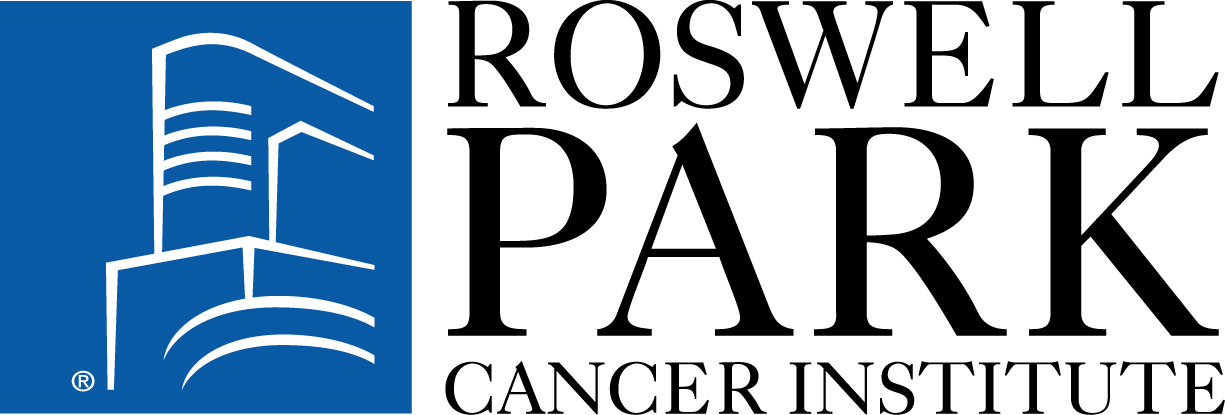Cholecalciferol and Flu Vaccine in Treating Healthy Participants
| Status: | Terminated |
|---|---|
| Conditions: | Healthy Studies |
| Therapuetic Areas: | Other |
| Healthy: | No |
| Age Range: | 18 - 64 |
| Updated: | 10/14/2017 |
| Start Date: | October 2011 |
| End Date: | June 2015 |
Immune Responses to Influenza Vaccine Among Healthy Employees Working at Roswell Park Cancer Institute and the Relationship to Vitamin D Status
This randomized clinical trial studies cholecalciferol and flu vaccine in treating healthy
participants. Cholecalciferol may increase the immunologic response of flu vaccine in healthy
participants. Flu vaccine may help the body build an immune response and help prevent flu
participants. Cholecalciferol may increase the immunologic response of flu vaccine in healthy
participants. Flu vaccine may help the body build an immune response and help prevent flu
PRIMARY OBJECTIVES:
I. To examine the effect of 25-hydroxy vitamin D3 levels on the immunologic response
(antibody responses week 4 [4 weeks (+/- 7 days)] post-vaccination) to the injectable
seasonal (2011-2012) trivalent influenza vaccine among Roswell Park Cancer Institute (RPCI)
employees. (Observational component) II. To examine the effect of vitamin D3
(cholecalciferol) supplementation on the immunologic response (antibody response Week 16 [4
weeks (+/- 7 days)] post-vaccination) to the injectable seasonal (2012-2013) trivalent
influenza vaccine among RPCI employees. (Intervention component)
SECONDARY OBJECTIVES:
I. To track occurrences of flu-like illness in the study population from November 1, 2011
through April 1, 2012, using a standardized epidemiologic questionnaire. (Observational
component) II. To determine the relationship between 25-hydroxy vitamin D3 levels at time of
vaccination and its immunologic responses Week 20 (8 weeks [+/- 7 days]) and Week 24 (12
weeks [+/- 7 days]) following administration of the injected seasonal (2012-2013) trivalent
influenza vaccine. (Intervention component) III. To track occurrences of flu-like illnesses
in the study population from November 2012 through April 2013, using a standardized
epidemiologic questionnaire. (Intervention component) IV. To evaluate the association between
single-nucleotide polymorphisms (SNPs) and polymorphisms in the deoxyribonucleic acid (DNA)
sequence of vitamin-D3 metabolizing enzymes, measures of vitamin-D3 metabolism (24,25 hydroxy
[OH] vitamin D3) and response to seasonal (2012-201) trivalent influenza vaccine.
(Intervention component)
OUTLINE: Patients are randomized to 1 of 2 treatment arms.
ARM I: Patients receive low-dose cholecalciferol orally (PO) once daily (QD) for 12 weeks,
followed by the seasonal (2012-2013) trivalent influenza vaccine intramuscularly (IM).
ARM II: Patients receive high-dose cholecalciferol PO QD for 12 weeks, followed by the
seasonal (2012-2013) trivalent influenza vaccine IM.
After completion of study treatment, patients are followed up periodically.
I. To examine the effect of 25-hydroxy vitamin D3 levels on the immunologic response
(antibody responses week 4 [4 weeks (+/- 7 days)] post-vaccination) to the injectable
seasonal (2011-2012) trivalent influenza vaccine among Roswell Park Cancer Institute (RPCI)
employees. (Observational component) II. To examine the effect of vitamin D3
(cholecalciferol) supplementation on the immunologic response (antibody response Week 16 [4
weeks (+/- 7 days)] post-vaccination) to the injectable seasonal (2012-2013) trivalent
influenza vaccine among RPCI employees. (Intervention component)
SECONDARY OBJECTIVES:
I. To track occurrences of flu-like illness in the study population from November 1, 2011
through April 1, 2012, using a standardized epidemiologic questionnaire. (Observational
component) II. To determine the relationship between 25-hydroxy vitamin D3 levels at time of
vaccination and its immunologic responses Week 20 (8 weeks [+/- 7 days]) and Week 24 (12
weeks [+/- 7 days]) following administration of the injected seasonal (2012-2013) trivalent
influenza vaccine. (Intervention component) III. To track occurrences of flu-like illnesses
in the study population from November 2012 through April 2013, using a standardized
epidemiologic questionnaire. (Intervention component) IV. To evaluate the association between
single-nucleotide polymorphisms (SNPs) and polymorphisms in the deoxyribonucleic acid (DNA)
sequence of vitamin-D3 metabolizing enzymes, measures of vitamin-D3 metabolism (24,25 hydroxy
[OH] vitamin D3) and response to seasonal (2012-201) trivalent influenza vaccine.
(Intervention component)
OUTLINE: Patients are randomized to 1 of 2 treatment arms.
ARM I: Patients receive low-dose cholecalciferol orally (PO) once daily (QD) for 12 weeks,
followed by the seasonal (2012-2013) trivalent influenza vaccine intramuscularly (IM).
ARM II: Patients receive high-dose cholecalciferol PO QD for 12 weeks, followed by the
seasonal (2012-2013) trivalent influenza vaccine IM.
After completion of study treatment, patients are followed up periodically.
Inclusion Criteria:
Healthy individuals seen at the Employee Health Clinic who will be eligible to receive
influenza vaccine Willingness to comply with study expectations Subject or legal
representative must understand the investigational nature of this study and sign an
Independent Ethics Committee/Institutional Review Board approved written informed consent
form prior to receiving any study related procedure INTERVENTION COMPONENT ONLY: Willing to
suspend use of any other vitamin D supplementation during the 3 month treatment interval;
if currently using > 2,000 IU/day of vitamin D supplementation, must suspend use 30 days
prior to enrollment
We found this trial at
1
site
Roswell Park Cancer Institute Welcome to Roswell Park Cancer Institute (RPCI), America's first cancer center...
Click here to add this to my saved trials
